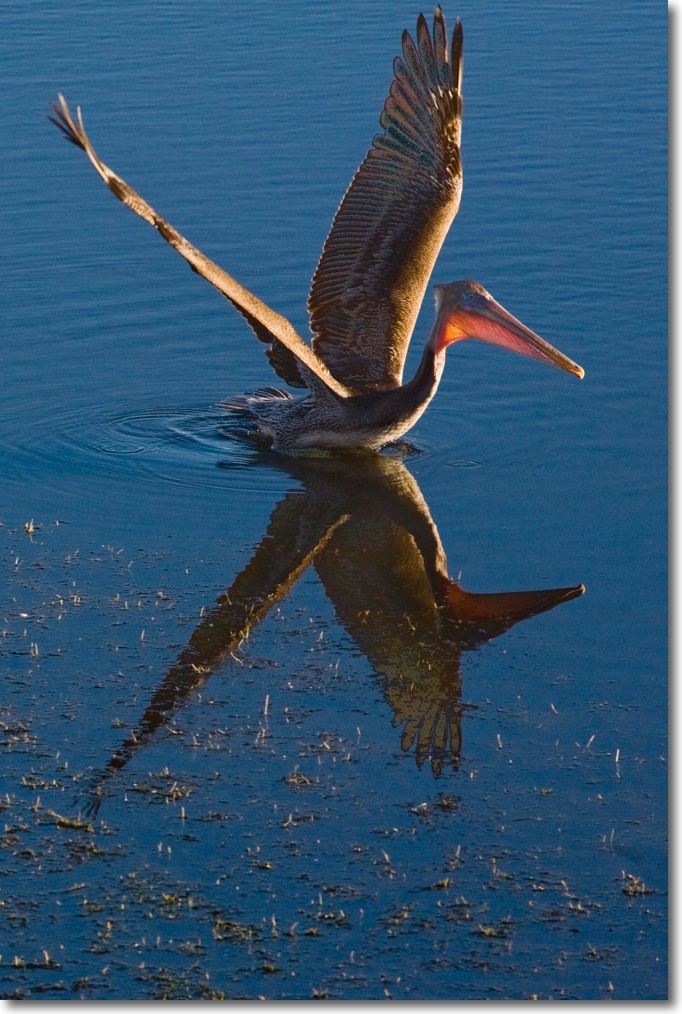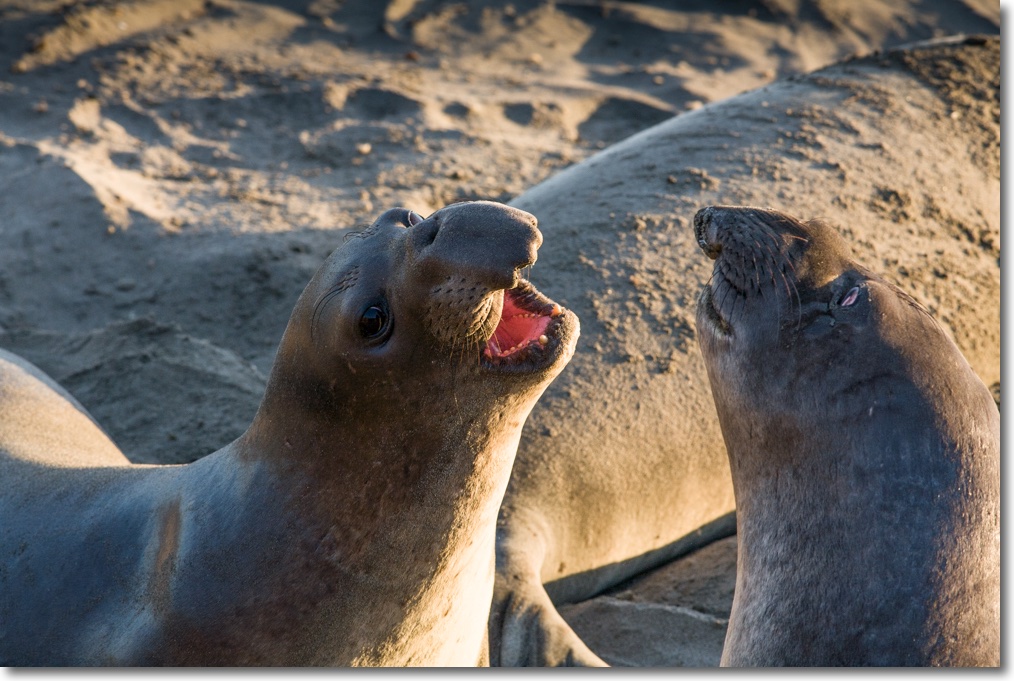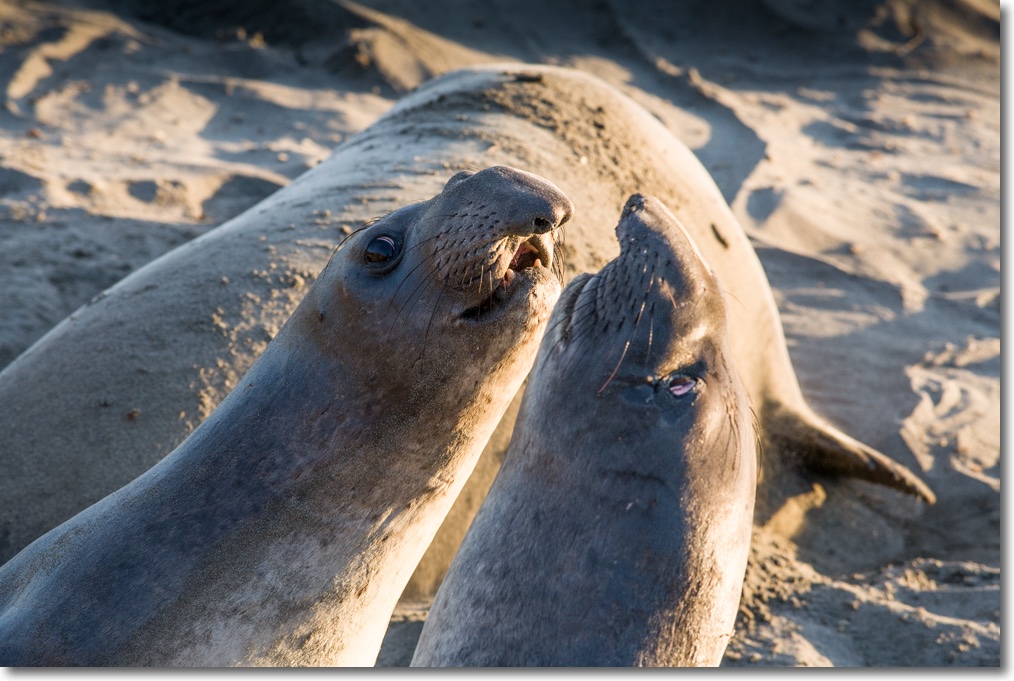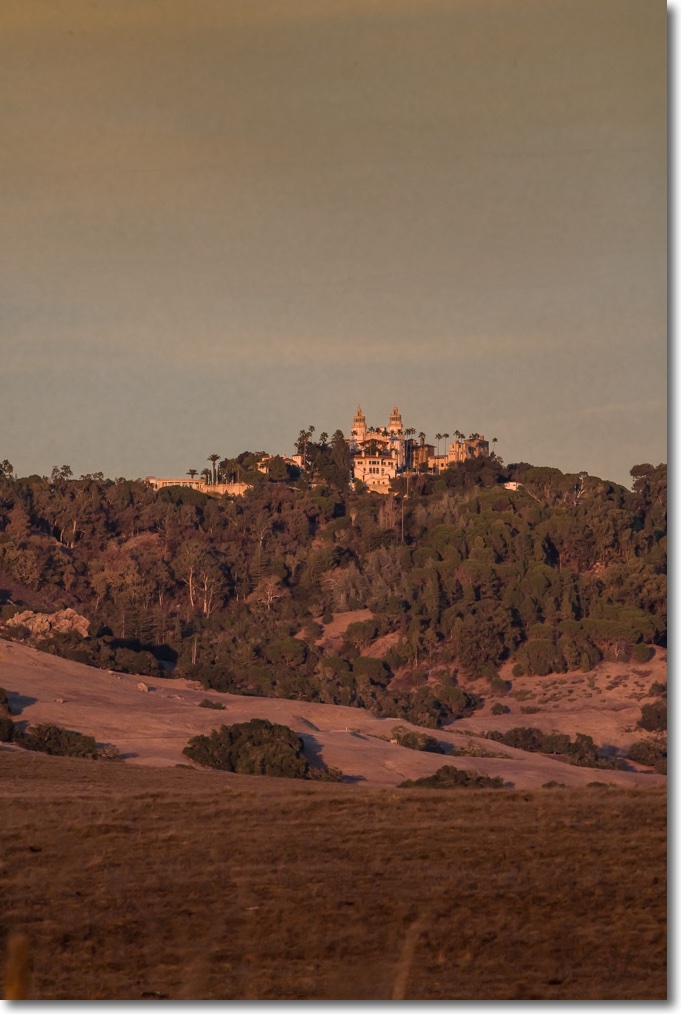Simply the best 400mm lens I have used.
Refer back to Part I for the design and handling aspects of this lens.
Now for some pictures. These were snapped with the camera/lens mounted at the lens ring on a Bogen 2016 monopod, one of the greatest bargains for any photographer. The monopod is fitted with a Manfrotto QR head, another tremendous bargain. Absent use with the very fastest shutter speeds, a monopod, as a minimum, makes great sense as it eliminates vertical movement of the camera. The long tube of the lens, with its attendant high turning moment of inertia, reduces rotational movement. That leaves fore-and-aft movement, something that can be greatly reduced with a solidly planted, wide legged, stance and support of the long end of the lens’s barrel with the other hand. Remember the lens has no IS – a shame, but that would add $500 and 8 ozs to the price and weight. I can live without it.
These snaps were easy. I drove 21 miles west to California’s wonderful Highway One with the sun having a couple of hours of gambolling about left, before its date with the far east. Early and late light always conveys the best drama. Add a lens that is inherently dramatic, and the rest is easy.
ISO was set to 400 for shorter shutter speeds. All snaps were underexposed by 1.5 stops, as these late lighting conditions are simply an opportunity for highlights to burn out with the 5D’s sensor. Underexposure and a little use of the ‘Shadows’ slider in Aperture makes for a far better dynamic range. The aperture makes no difference to resolution with this lens – the aperture controls only light and depth of field. Definition remains unchanged. Meaning superb.
All pictures were processed in Aperture, meaning RAW conversion and default 5D sharpening settings. The lens does not need additional sharpening, unlike its two Leica predecessors. Focus was automatic, with a first pressure on the button locking the central rectangle focus point, pending recomposition. Forget matrix focus and all that marketing gobbledegook – there is so little depth of field at short distances that critical focus must be on the key part of the image – meaning the eyes, where animals are concerned.
First, driving north on One, a quick stop at Moonstone Beach to catch the pelican doing his thing. This one is actually one half of the image, cropped for drama. So it’s as if I used an 800mm lens here! You can’t tell – there is no grain with the 5D’s sensor at ISO 400.

Pelican at take-off. 1/1500th, f/8
10 miles further north, just past Hearst Castle, is Elephant Seal Beach and a stop to enjoy sunset with these big boys was just what the doctor ordered. Just stay upwind of these fellows if at all possible. The lens is completely flare free, even directly into the sun. And who said fish don’t make you fat?

Elephant seal pup. 1/180th, f/8

Elephant seal. 1/250th, f/8
Finally, with the sun three-quarters of the way down the horizon, driving back home, Hearst Castle glows in all its splendor. This one had the camera resting on the car for support.

Hearst Castle at sunset. 1/180th, f/11
The striking thing about this optic is that, for the first time in my experience with a 400mm focal length, absolutely no excuses need be made for micro-contrast. Meaning the resolution of fine detail with high contrast is equivalent to a fixed focal length prime (OK, excluding the lousy Canon 20mm!). That statement alone should have you rushing to your favorite vendor to buy yourself one for the holidays. Sure, you may only use it a few times a year, but when you do …. Wow! Canon’s megabuck f/4 and f/2.8 optics of like length may be better, but at that price I neither care nor propose to find out. This lens is a stunning bargain.